| Exporting spices and flavorings: Must aim for deep processing Exporting spices to the Middle East and Africa: Businesses lack market information |
Major import markets include the US, Europe (EU), China, India and the Middle East... In 2023, Vietnam aims to become a sustainable, multi-spice spice exporter, aiming for the entire industry's export target of over 2 billion USD in the next 3 years.
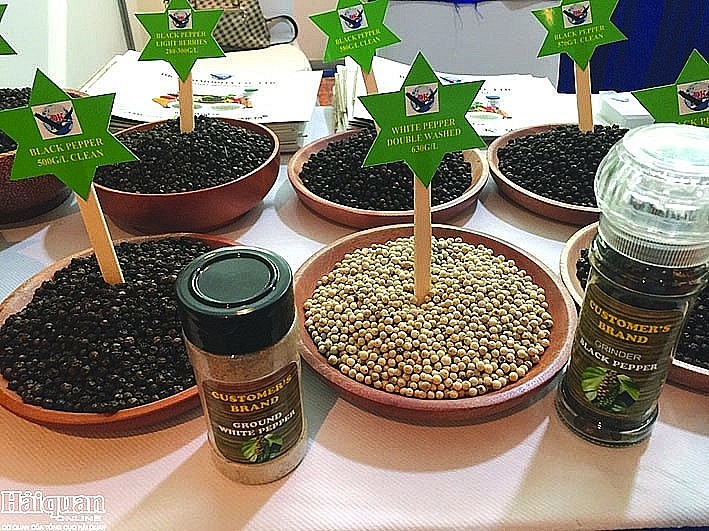 |
| Vietnam needs to promote the development of organic pepper products. Photo: NH |
Great potential and advantages
According to the Vietnam Pepper and Spice Association (VPSA), in 2022, the export turnover of pepper and spice products will reach more than 1.4 billion USD, contributing to the figure of more than 55 billion USD in agricultural, forestry and fishery export turnover of the agricultural sector in 2022. In the first quarter of 2023, Vietnam exported 76,727 tons of pepper, with a total turnover of 235.9 million USD. Compared to the same period last year, it increased by 40.5% in volume but decreased by 7.3% in value. Along with that, cinnamon exported 18,685 tons with 54.8 million USD, up 45.8% in volume and 13.8% in value. Exported 3,369 tons of star anise with 21.6 million USD, an increase of 261.9% in volume... Currently, Vietnam is one of the largest spice producing and exporting countries in the world. In 2022, Vietnamese spices accounted for about 11% of the global market share, including the leading position, accounting for a large import market share in the US, EU, China, India and Middle East markets of some Vietnamese spices such as pepper, cinnamon and star anise...
VPSA estimates that Vietnam's pepper output in 2023 will increase by about 5% compared to 2022. Vietnam's 2023 pepper crop is expected to increase to 225,000 tons compared to an estimated 200,000 tons of last year's crop. Meanwhile, according to the International Pepper Community (IPC), harvests from other producing countries such as Brazil, Indonesia and India are all forecast to decrease compared to 2022. Total global pepper output in 2023 is estimated at 526 thousand tons compared to 537.6 thousand tons in 2022. Vietnam's cinnamon output in 2023 is forecast to increase compared to 2022 and is estimated at about 45,000 tons. This is one of Vietnam's advantages in the international market.
However, recently, import markets have continuously warned about pesticide residues as well as increased frequency of control and tightening of MRLs regulations for food in general, including Vietnamese spices.
Assessing the current situation of Vietnamese spices exported to markets, Director of the Department of Forestry Production Development (General Department of Forestry, Ministry of Agriculture and Rural Development ) Nguyen Van Dien said that favorable natural conditions have created spices such as cinnamon, pepper, and star anise that are in the top 5 in the world. In recent years, the spice industry has made important contributions to the overall picture of agricultural export turnover. More specifically, this is an industry associated with more than 1 million farming households producing raw materials. With great potential and advantages, the journey to achieve the goal of being a supplier of good spices to the world is very arduous. Because although leading enterprises have taken the lead in applying production technology in the world, helping Vietnam have certain brands. But up to now, the area of spice production in Vietnam is still small, fragmented, lacking connection, "each person does it for themselves". Therefore, to create a true spice raw material area is still difficult. Besides, it is necessary to meet the requirements on quality and pesticide residue in export markets.
Identify the challenges
Referring to the specific regulations in spice export that businesses are facing, Mr. Le Nhat Thanh, Director of the Post-Import Plant Quarantine Center I, Plant Protection Department, said that chili products are mainly exported to Malaysia, China... Although each market has different detailed regulations on standards, in general, they all require that the growing area must have a code, good agricultural practices (GAP) and be recognized. The growing area and packaging facility must be registered with the competent authority. The product must ensure that pesticide residues do not exceed the regulations of the import market...
Agreeing with the above viewpoint, Ms. Nguyen Thi Quyen, representative of the Sustainable Trade Initiative (IDH) Vietnam, also said that the biggest challenge for pepper exports is pesticide residues, and for cinnamon exports is heavy metal residues. In addition, there are environmental challenges such as reducing carbon emissions, encouraging sustainable farming models, sustainable intercropping models, etc. In addition, there are social challenges such as child labor and gender equality.
According to experts, along with the increased frequency of control over agricultural products in general, including spices in Vietnam, it is extremely necessary to support businesses in accessing information on the market situation and product lines, and to understand the regulations of Vietnam's state management agencies as well as the regulations of importing countries. In addition, geopolitical factors may be the main cause of continued price instability rather than supply and demand factors. Strict requirements and regulations of import markets on non-tariff barriers continue to increase. Unpredictable developments in climate change will be the main challenge for the agricultural sector globally.
“In the context of fierce trade competition and technical barriers from import markets (quality requirements, pesticide residues, etc.), VPSA must make more efforts to properly perform its function as a solid support for businesses, organize seminars, and promote trade. Businesses must be the pillars for farmers, especially in connecting growing and processing areas, increasing the value of Vietnamese spices. In the coming time, the Ministry of Agriculture and Rural Development will research and develop additional mechanisms to support the spice industry to link up, create legal products and materials, and ensure world requirements,” emphasized the Director of the Department of Forestry Production Development.
Source











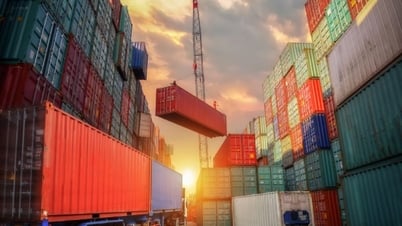









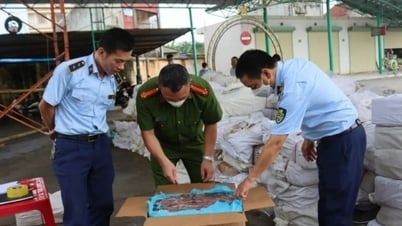
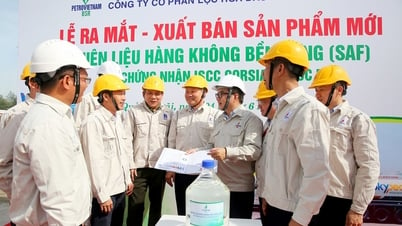
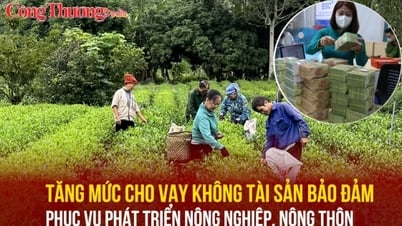


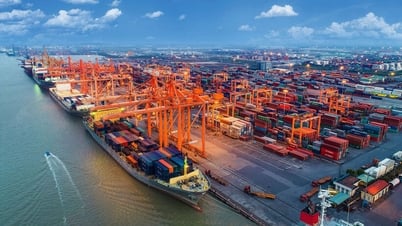












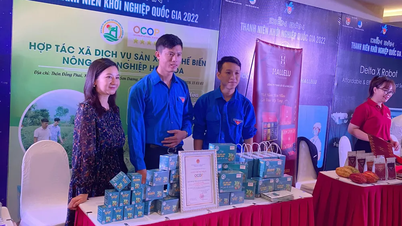






















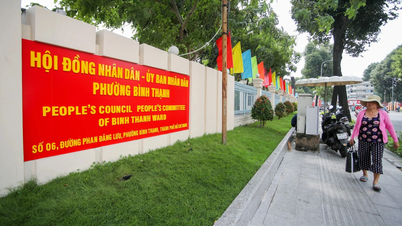




![[Infographic] Circular guiding the functions, tasks and powers of the provincial Department of Culture, Sports and Tourism and the commune-level Department of Culture and Social Affairs](https://vphoto.vietnam.vn/thumb/402x226/vietnam/resource/IMAGE/2025/6/29/877f24989bb946358f33a80e4a4f4ef5)
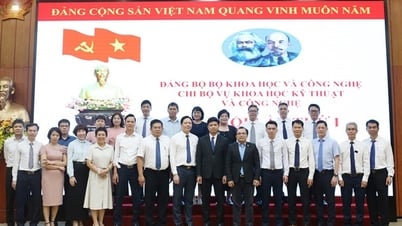




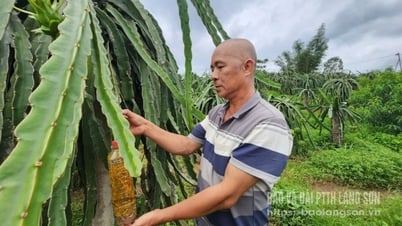




![[Updated news] Ceremony to announce the merger of provincial and communal administrative units in Thai Nguyen - Bac Kan](https://vphoto.vietnam.vn/thumb/402x226/vietnam/resource/IMAGE/2025/6/30/0de85cb56da843d897e30016b57b1412)



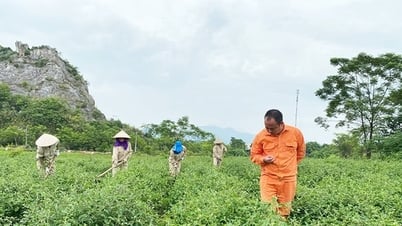













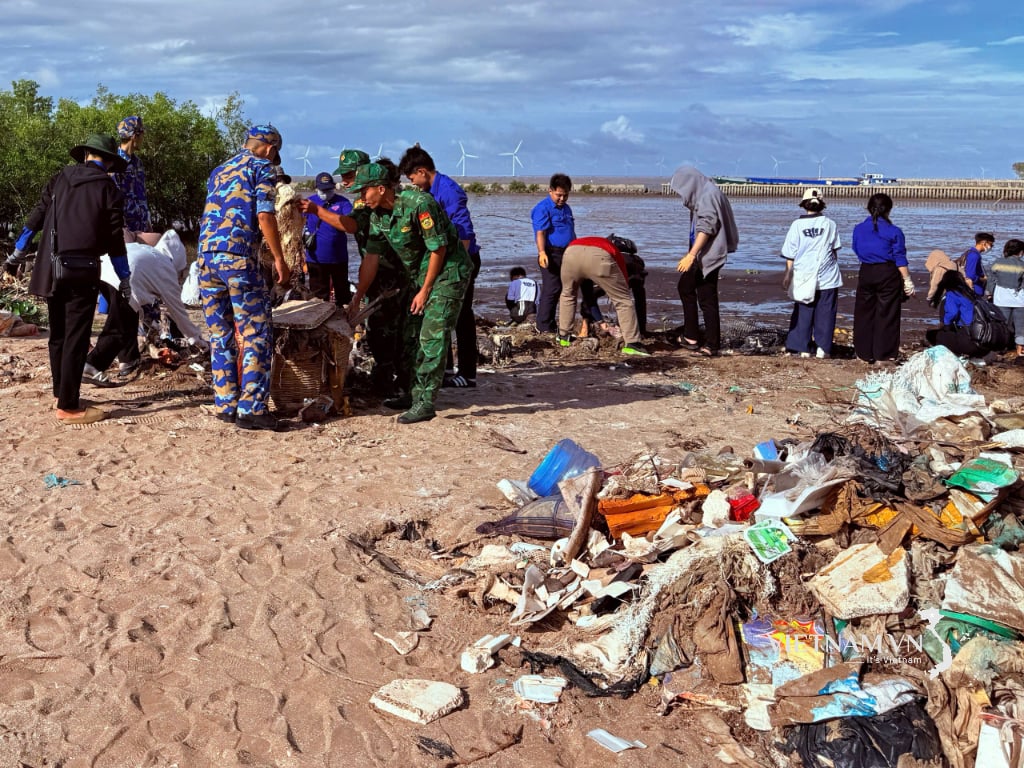

Comment (0)